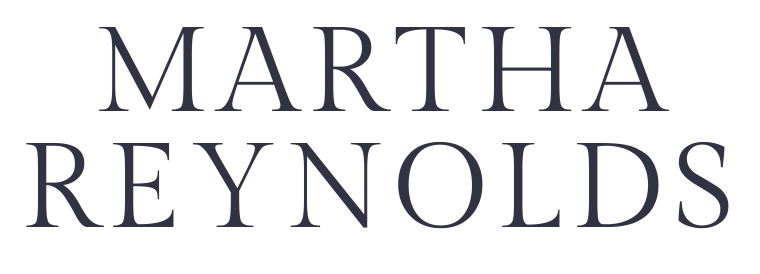Paris Between the Wars - "H" is for Florence Henri
 Between 1919 and 1939, Paris experienced a cultural and intellectual boom. This blog will feature artists, writers, composers, musicians, and designers. Paris was at its cultural peak.
Between 1919 and 1939, Paris experienced a cultural and intellectual boom. This blog will feature artists, writers, composers, musicians, and designers. Paris was at its cultural peak. Born in New York in 1893 to a French father and a Polish mother, Florence's mother died when the little girl was 2, and her father died when she was only 15. She went to live with acquaintances, first in Rome, then in Berlin, and in 1924, at age 31, she moved to Paris. Trained as a painter, by 1928 she had abandoned painting in favor of becoming a free-lance photographer. Many of her photographs incorporate mirrors.Up to the start of World War II, Henri established herself as a skilled photographer with her own photographic studio in Paris. When the city was occupied by the Nazis, her photographic work declined. The photographic materials needed were difficult to obtain, and Henri’s photographic style was forbidden under the Nazi occupation. She turned back to painting. With only a few later exceptions, the peak of her unique photographic experiments and professional photographic work was in the period from 1927 to 1930.
Born in New York in 1893 to a French father and a Polish mother, Florence's mother died when the little girl was 2, and her father died when she was only 15. She went to live with acquaintances, first in Rome, then in Berlin, and in 1924, at age 31, she moved to Paris. Trained as a painter, by 1928 she had abandoned painting in favor of becoming a free-lance photographer. Many of her photographs incorporate mirrors.Up to the start of World War II, Henri established herself as a skilled photographer with her own photographic studio in Paris. When the city was occupied by the Nazis, her photographic work declined. The photographic materials needed were difficult to obtain, and Henri’s photographic style was forbidden under the Nazi occupation. She turned back to painting. With only a few later exceptions, the peak of her unique photographic experiments and professional photographic work was in the period from 1927 to 1930.
 “What I want above all,” Henri said near the end of her long life, “is to compose the photograph as I do with painting. Volumes, lines, shadows and light have to obey my will and say what I want them to say. This happens under the strict control of composition, since I do not pretend to explain the world nor to explain my thoughts.”László Moholy-Nagy, a contemporary, said: "With Florence Henri's photos, photographic practice enters a new phase - the scope of which would have been unimaginable before today. Above and beyond the precise and exact documentary composition of these highly-defined photos, research into the effects of light is tackled not only through abstract photograms, but also in photos of real-life subjects."
“What I want above all,” Henri said near the end of her long life, “is to compose the photograph as I do with painting. Volumes, lines, shadows and light have to obey my will and say what I want them to say. This happens under the strict control of composition, since I do not pretend to explain the world nor to explain my thoughts.”László Moholy-Nagy, a contemporary, said: "With Florence Henri's photos, photographic practice enters a new phase - the scope of which would have been unimaginable before today. Above and beyond the precise and exact documentary composition of these highly-defined photos, research into the effects of light is tackled not only through abstract photograms, but also in photos of real-life subjects."
